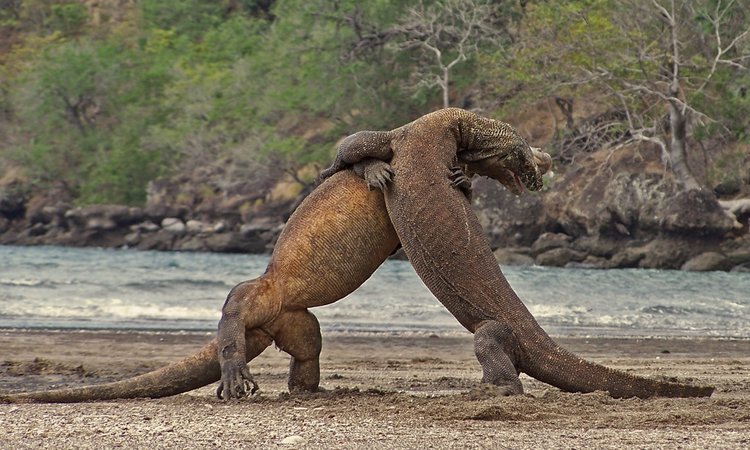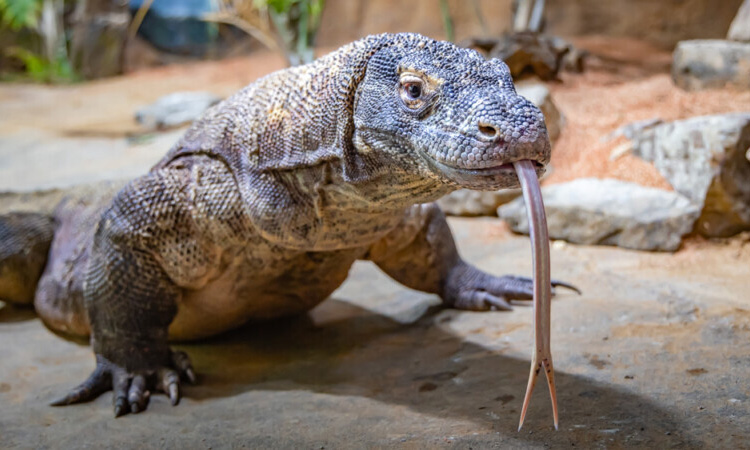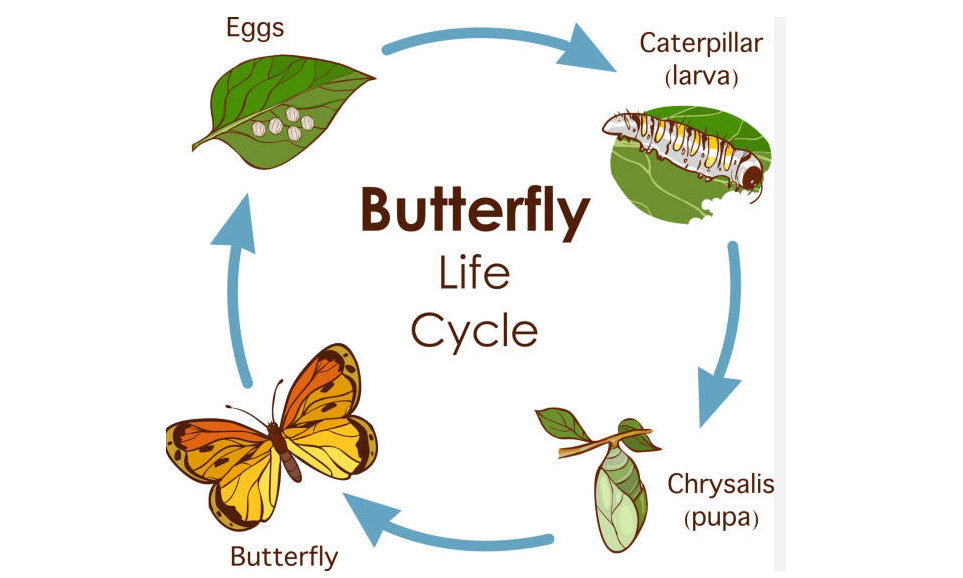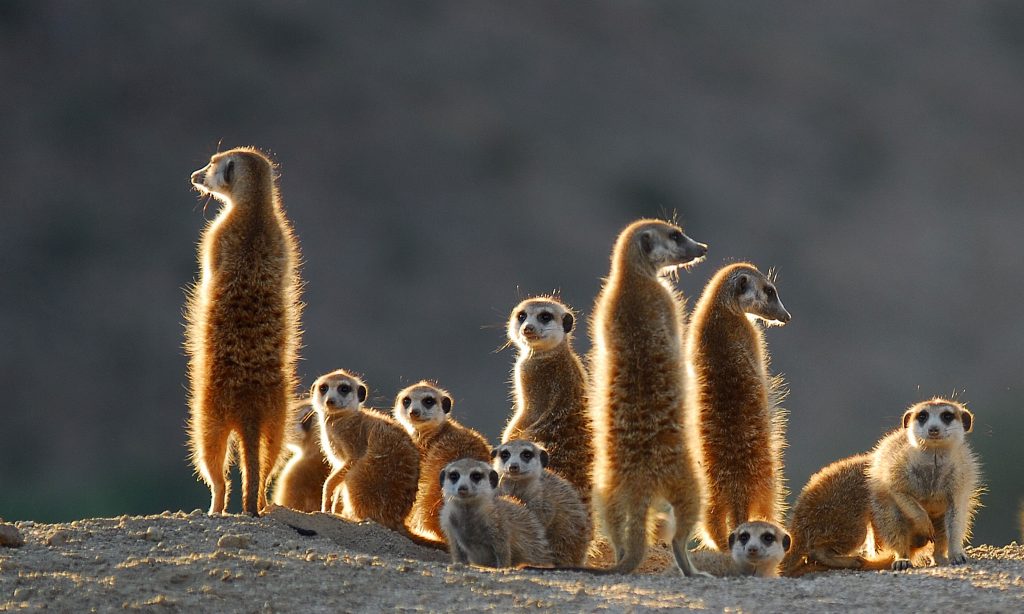The Curious Capuchin Marmoset: A Closer Look at the Fascinating Primate
With its distinctive white face and tuft of hair on its head, the Capuchin Marmoset is a small primate that captivates anyone who encounters it. Let’s take a closer look at this curious creature and learn more about its unique characteristics.
Appearance and Behavior
The Capuchin Marmoset is a small primate with a body length of about 6 to 8 inches and a tail that is almost as long as its body. Its fur is predominantly grey with light brown or black markings, and its face is white with black markings around its eyes and mouth. As a diurnal animal, the Capuchin Marmoset is most active during the day, spending its time foraging for food, grooming itself, and socializing with others in its group.
Social Structure
Capuchin Marmosets live in small family groups consisting of a dominant male and female, their offspring, and occasionally other group members such as siblings or extended family members. They communicate with each other through a variety of vocalizations, gestures, and body postures, and maintain social bonds through grooming and other behaviors.
Diet and Feeding Habits
Capuchin Marmosets have a varied diet that includes fruits, insects, small vertebrates, and plant gums. They are known to have specialized teeth that allow them to extract gum from trees, making it a significant part of their diet. They are also skilled hunters, using their sharp claws and agile movements to catch insects and small animals.
Conservation Status
The Capuchin Marmoset is native to the rainforests of South America, particularly in Brazil, Paraguay, and Bolivia. While their populations are currently stable, they face threats from habitat loss, hunting, and the illegal pet trade. Conservation efforts are in place to protect these fascinating primates and ensure their survival in the wild.
In conclusion, the Capuchin Marmoset is a fascinating primate with a unique appearance and behavior. By learning more about these curious creatures, we can appreciate the importance of conserving their natural habitats and ensuring their continued presence in the wild.




